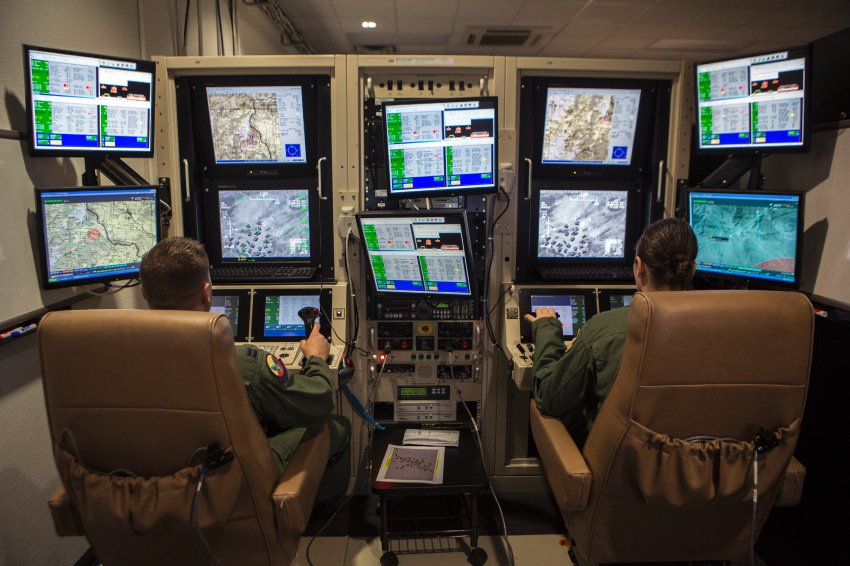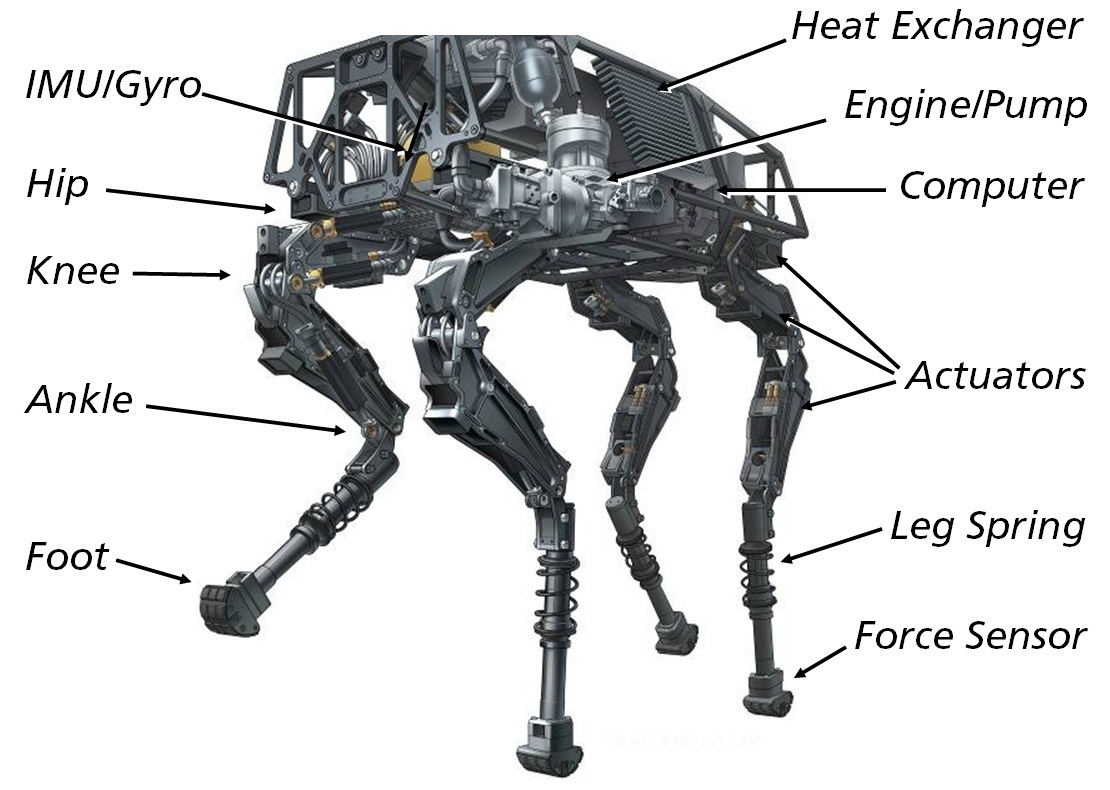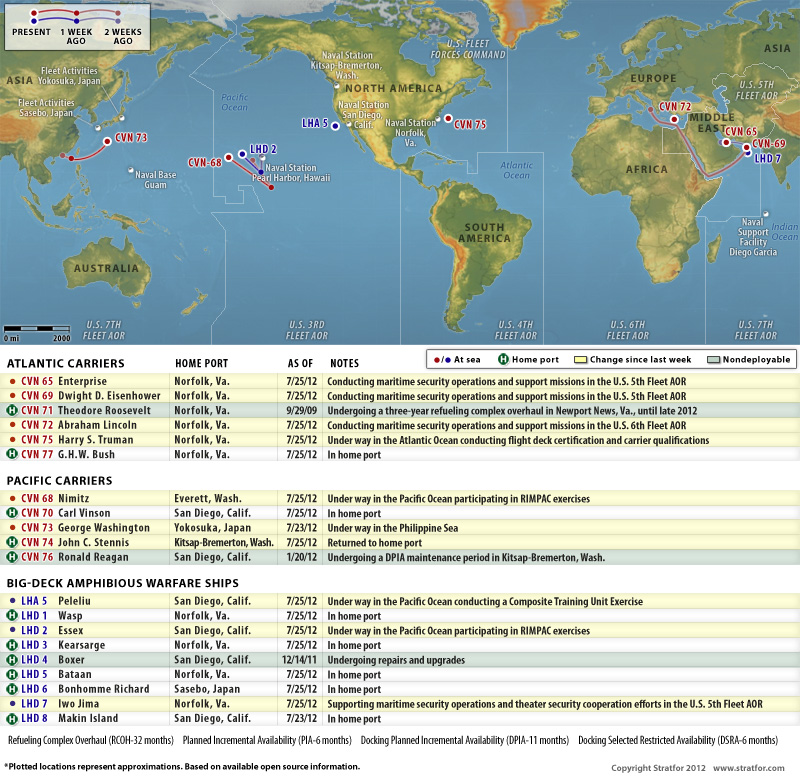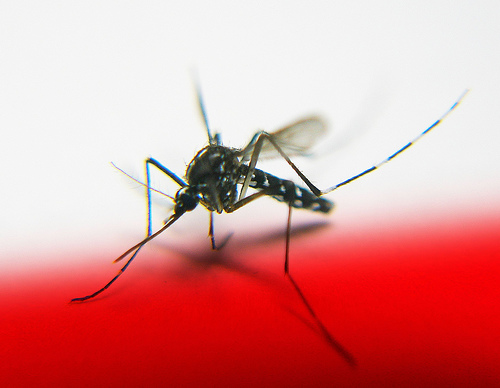The Woes of an American Drone Operator
From Spiegel Online International.
As always click on the photo below for the entire story along with a short photo essay.
Way super highly double recommended ... and then some.
The Woes of an American Drone Operator
By Nicola Abé
The container is filled with the humming of computers. It's the brain of a drone, known as a cockpit in Air Force parlance. But the pilots in the container aren't flying through the air. They're just sitting at the controls.
Bryant was one of them, and he remembers one incident very clearly when a Predator drone was circling in a figure-eight pattern in the sky above Afghanistan, more than 10,000 kilometers (6,250 miles) away. There was a flat-roofed house made of mud, with a shed used to hold goats in the crosshairs, as Bryant recalls. When he received the order to fire, he pressed a button with his left hand and marked the roof with a laser. The pilot sitting next to him pressed the trigger on a joystick, causing the drone to launch a Hellfire missile. There were 16 seconds left until impact.
"These moments are like in slow motion," he says today. Images taken with an infrared camera attached to the drone appeared on his monitor, transmitted by satellite, with a two-to-five-second time delay.
With seven seconds left to go, there was no one to be seen on the ground. Bryant could still have diverted the missile at that point. Then it was down to three seconds. Bryant felt as if he had to count each individual pixel on the monitor. Suddenly a child walked around the corner, he says.
Nice chairs.
- Read more about The Woes of an American Drone Operator
- Log in or register to post comments



 Boston Dynamic's LS3 also known as BigDog.
Boston Dynamic's LS3 also known as BigDog.

























































![[Most Recent Quotes from www.kitco.com]](http://www.kitconet.com/charts/metals/gold/t24_au_en_usoz_2.gif)




![[Most Recent Quotes from www.kitco.com]](http://www.kitconet.com/charts/metals/silver/t24_ag_en_usoz_2.gif)





